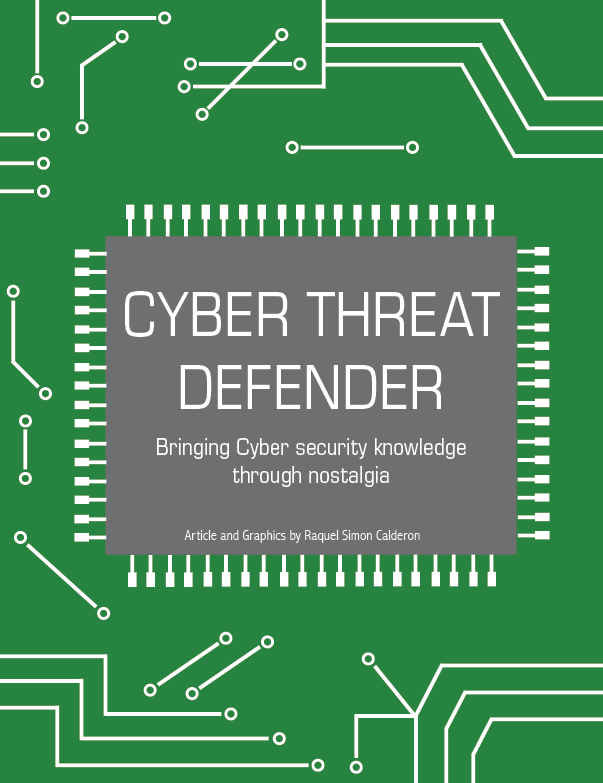In today’s world of technological advances, our society has become dependent on tech devices to carry out daily routines. And it is now when we are at our most vulnerable to silent attacks. The idea of cyber security awareness—or a “culture of cybersecurity” as described by Larry Sjelin, Director of Game Development at UTSA’s Center for Infrastructure Assurance and Security (CIAS)—is not just for people in STEM fields.
Cyber Threat Defender (CTD) is a card game that was inspired by Magic: The Gathering. Its purpose is to teach about cyber security while having fun.
“There have been other card games that have tried to teach cyber security, but they were more like flash cards and generally they were not fun. If your targeted audience are kids — elementary through high school — it has got to be fun, otherwise it gets boring after a couple of turns” said Sjelin. “That is the approach we took with CTD. First, it had to be fun to play. Second, it had to teach you something.”
The game is very simple and does not require previous technical background or knowledge of cyber security in order to play. It is made for everyone.
To play the game, each player needs a deck of cards. With the cards, students build and protect their systems simultaneously. To begin the game, you need two cards: desktop computer and ISP connection. After that, you draw cards from your deck to begin building your assets, defenses and attack your opponent. It is a fun game, but also requires strategy. The simplicity of the game is why kids, college students and professionals alike can all play.
Apart from the starter deck, there are Booster packs. These Boosters introduce new concepts, add challenges and keep things fresh.
So, why a card game?
The idea of teaching cybersecurity through a card game is still something that a lot of people question. Why would a game encompassing information from a highly technical field go “back in time” via a card game? Simple, because it works.
When the game is set up, you are able to see and understand the connection that each card has with each other. Students, especially at the middle school level, are able to see it in front of them. “I believe that this concept of being able to see it (the cards concepts) has been helping students truly understand the concepts” explains Sjelin.
With the help from sponsors, CIAS is able to distribute the game to schools. Schools may contact CIAS if they have someone willing to pay for the game or if they are looking to be sponsored. “We give the game for free to students, teachers— schools that want it. We do not make any money on it; what the sponsors give goes to cost recovery for producing it,” said Sjelin.
There are different tiers of sponsorship, and with each tier both the school and the sponsor is benefit accordingly. The creation of booster decks can be tailored to a sponsor. Fact cards are integrated to the game, and playing cards are customized to the sponsor company if it is in the cybersecurity field.
The students exposed to CTD develop communication skills, engage with their peers and discover the world of cybersecurity at a young age. CTD is hoping to inspire future cyber professionals. As Smokey the Bear says, “Only YOU can prevent wildfires.” You can learn how to prevent cyber-attacks.








